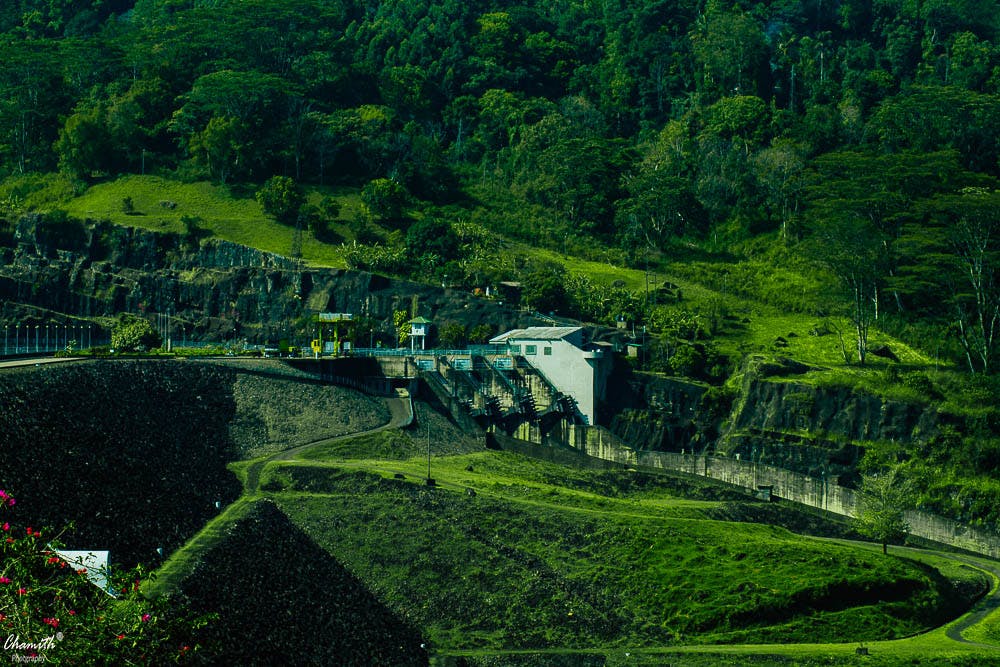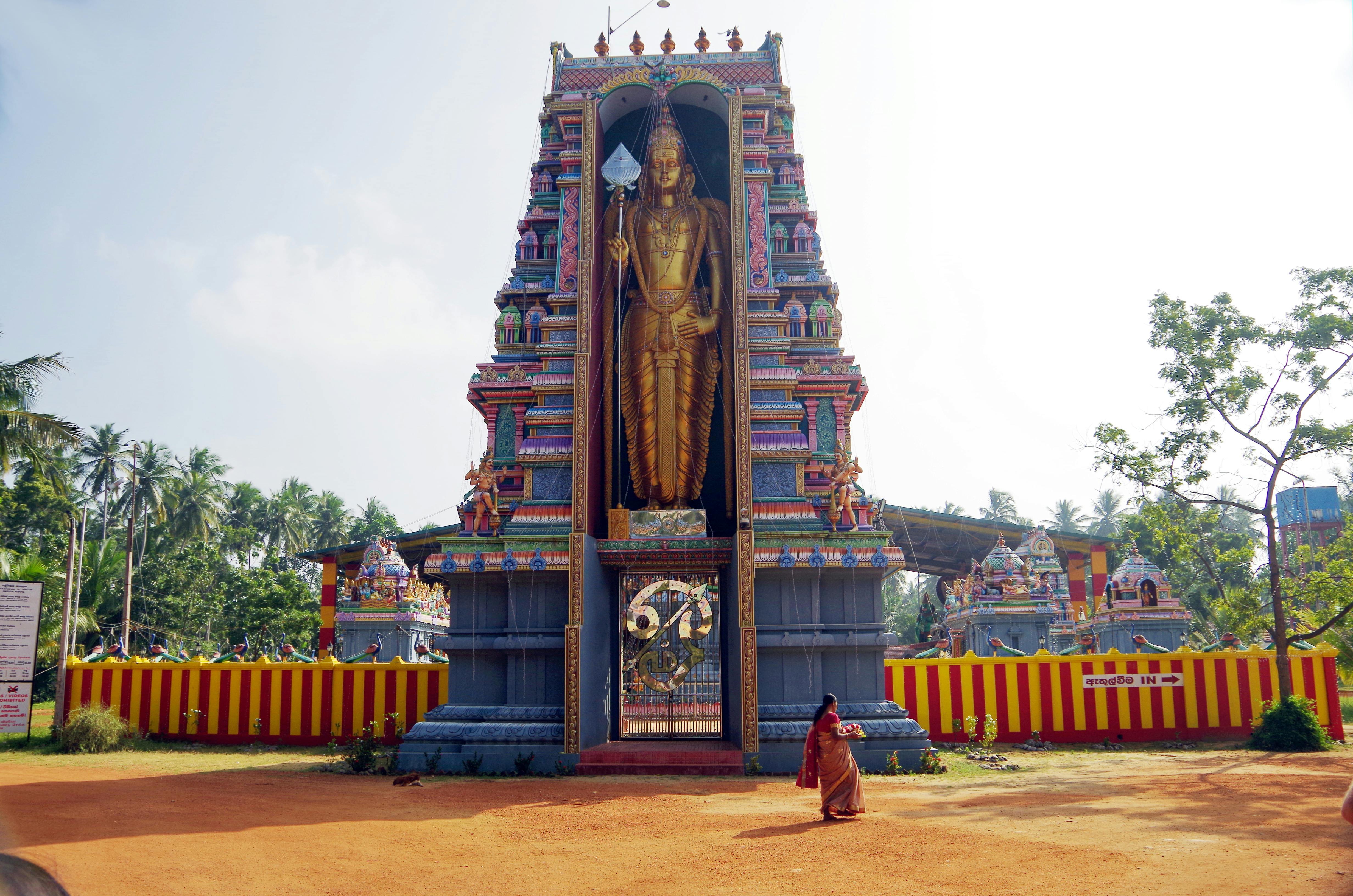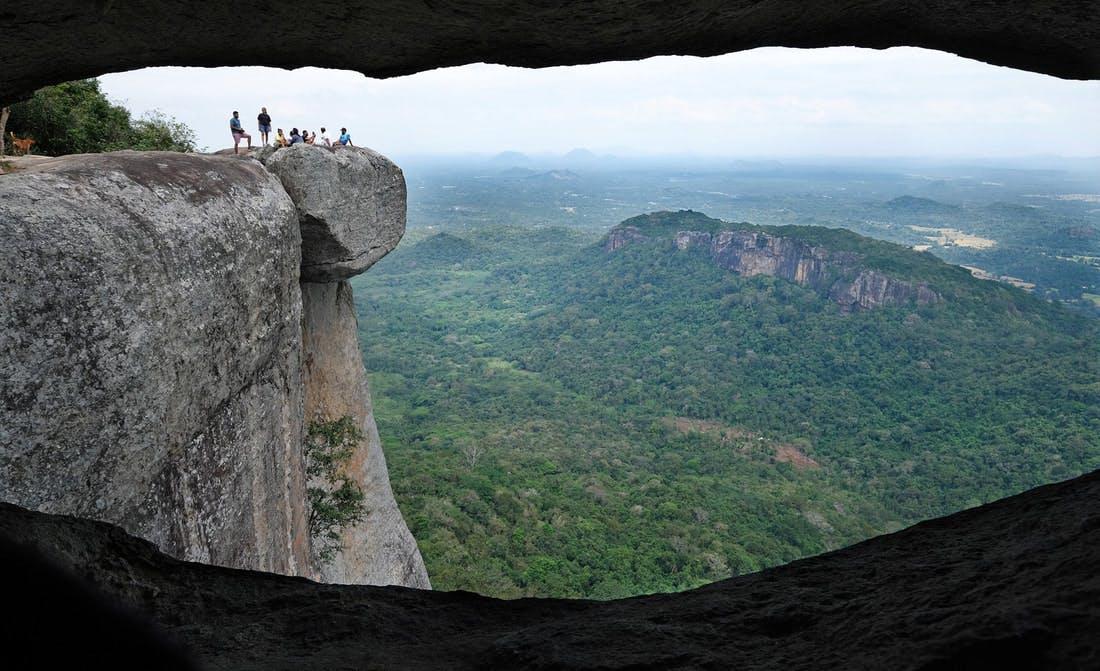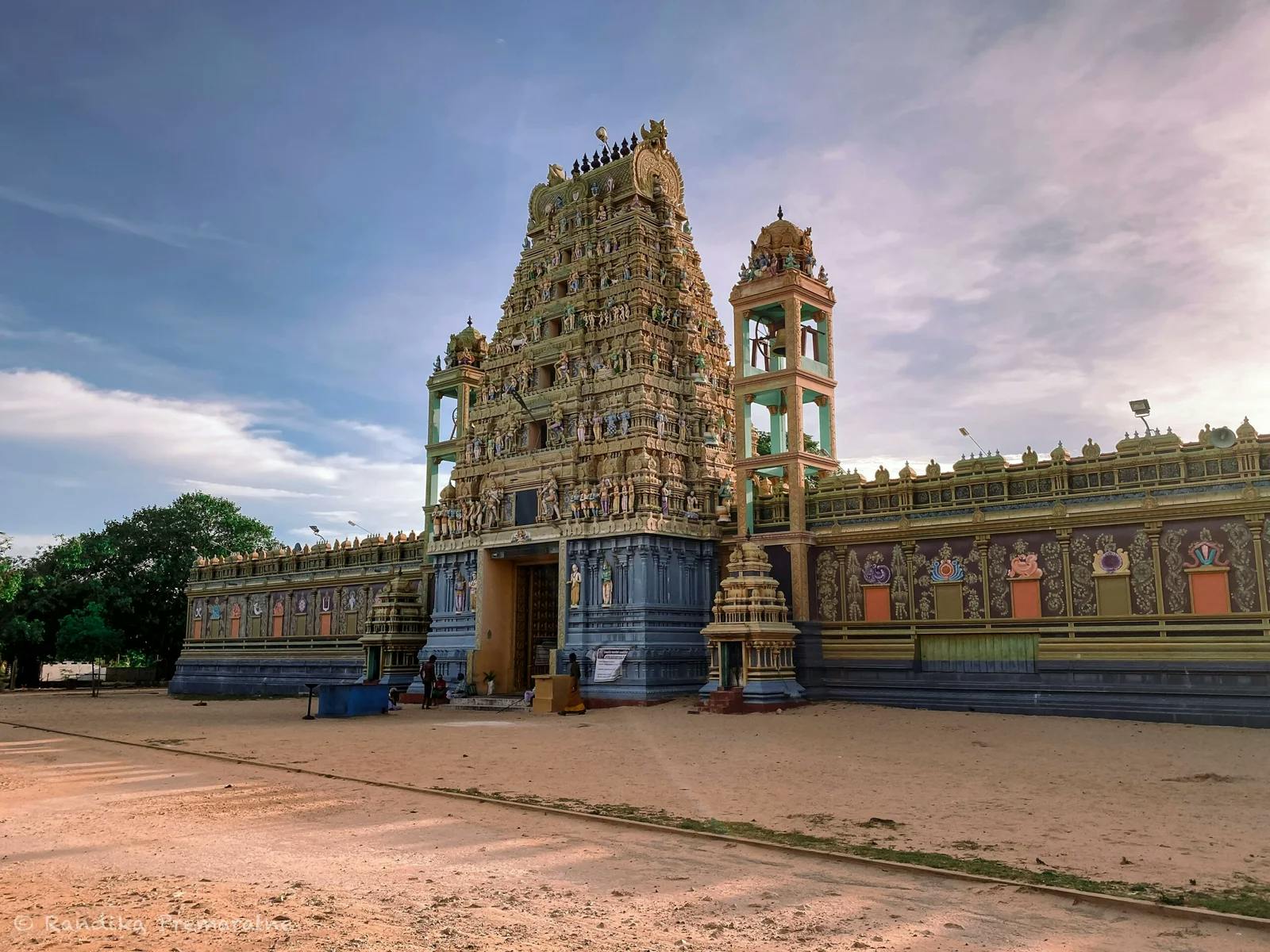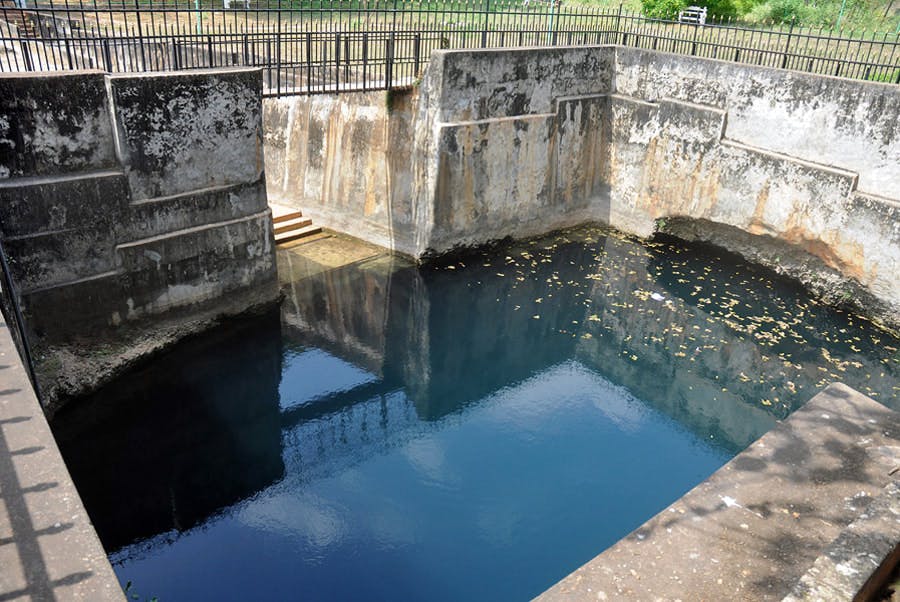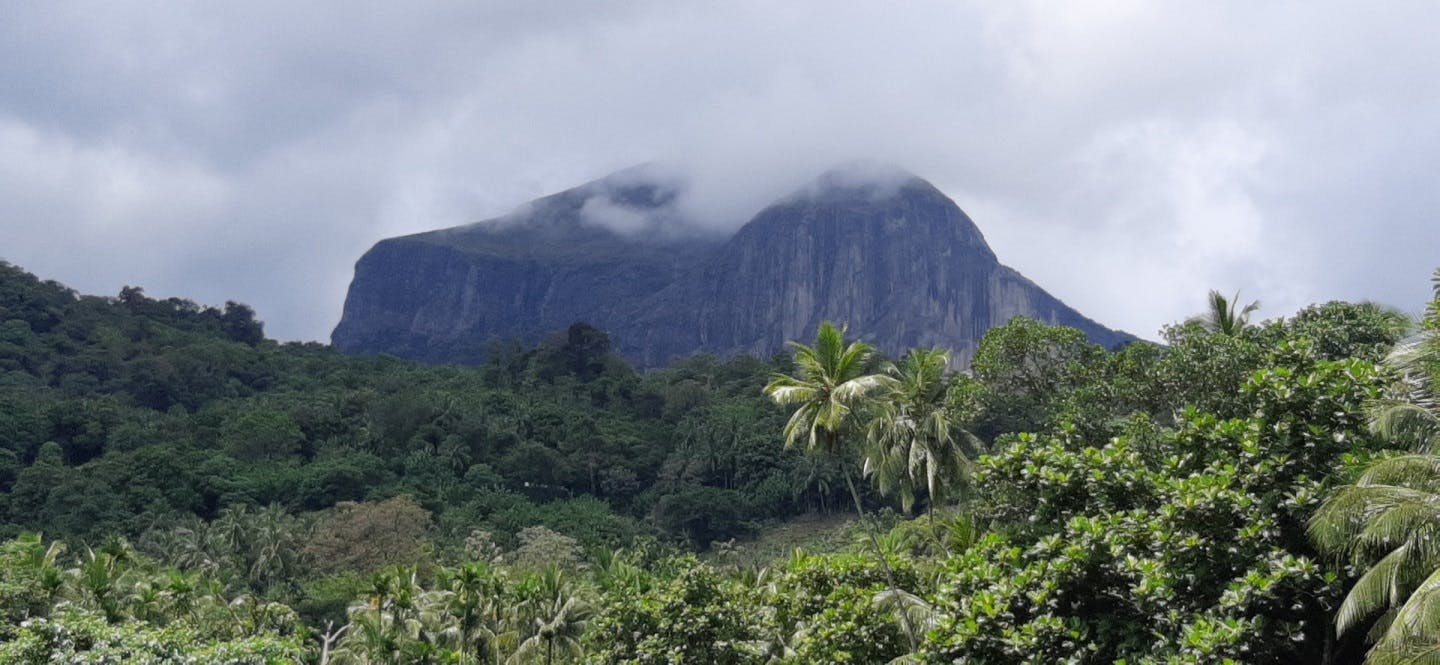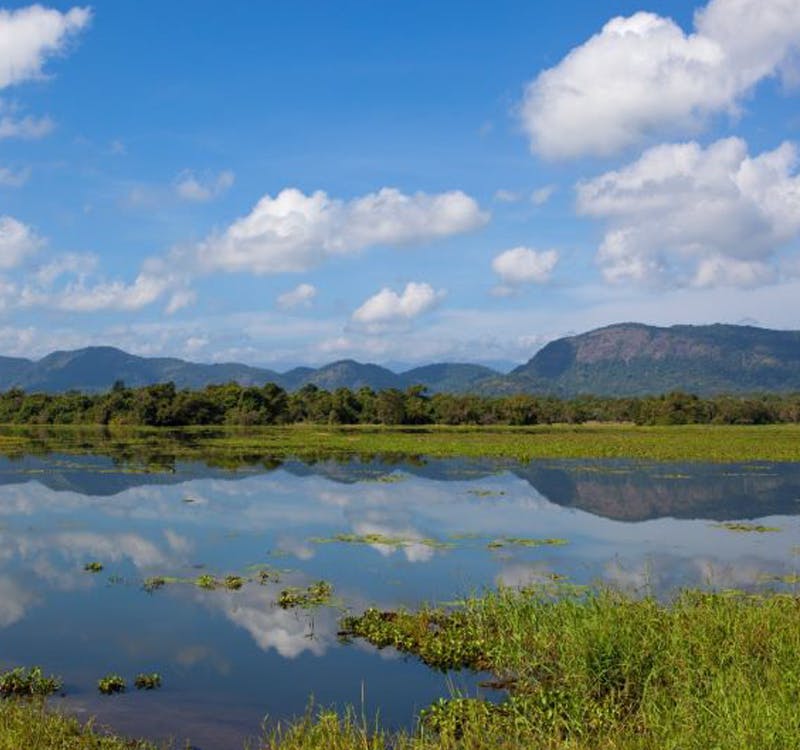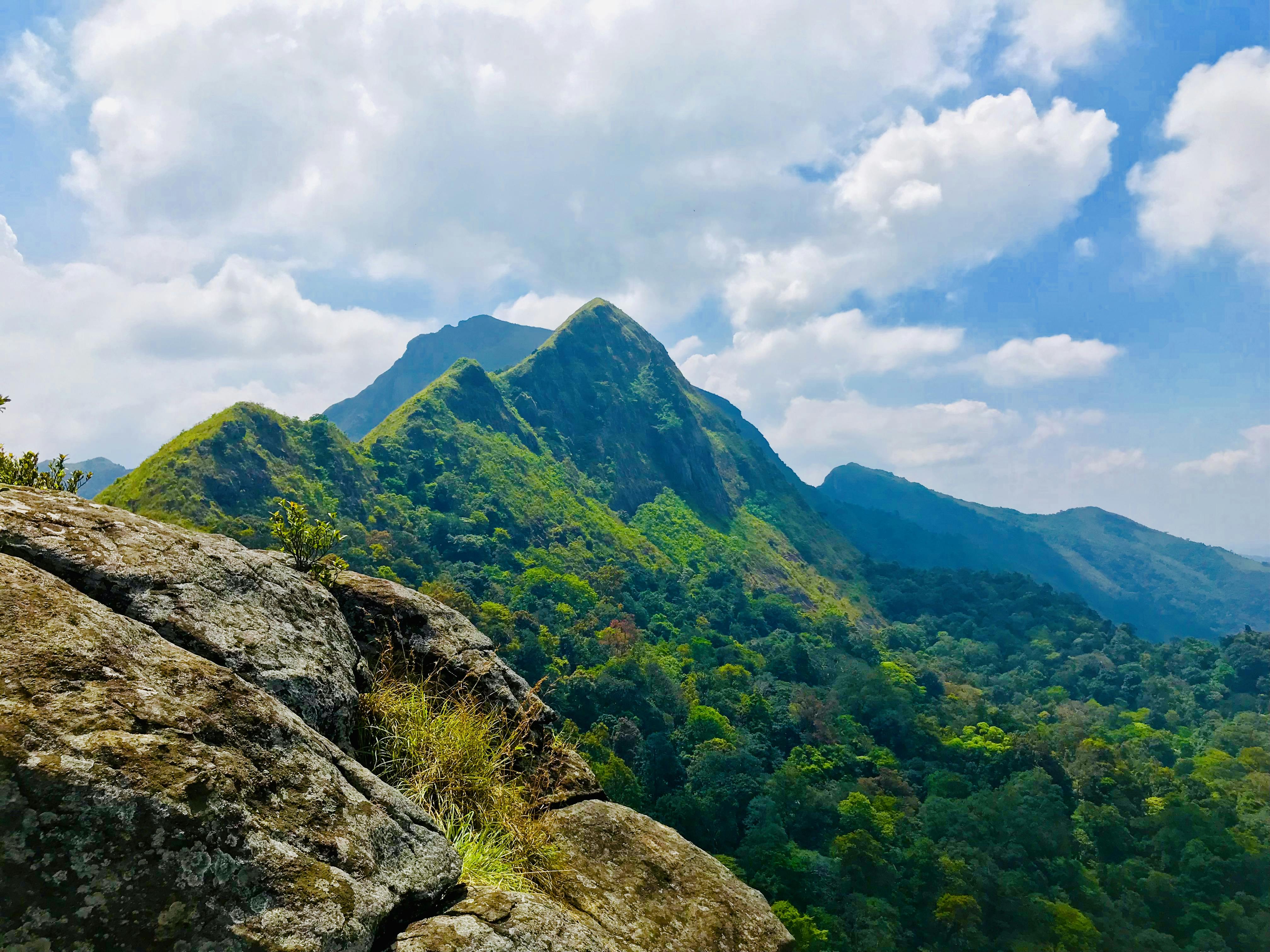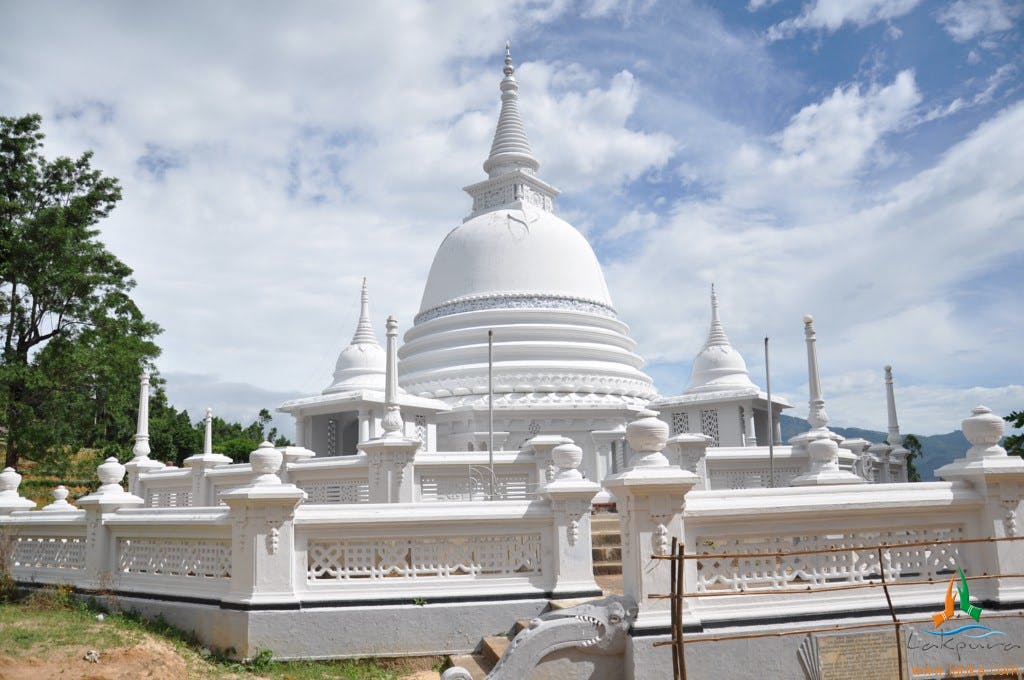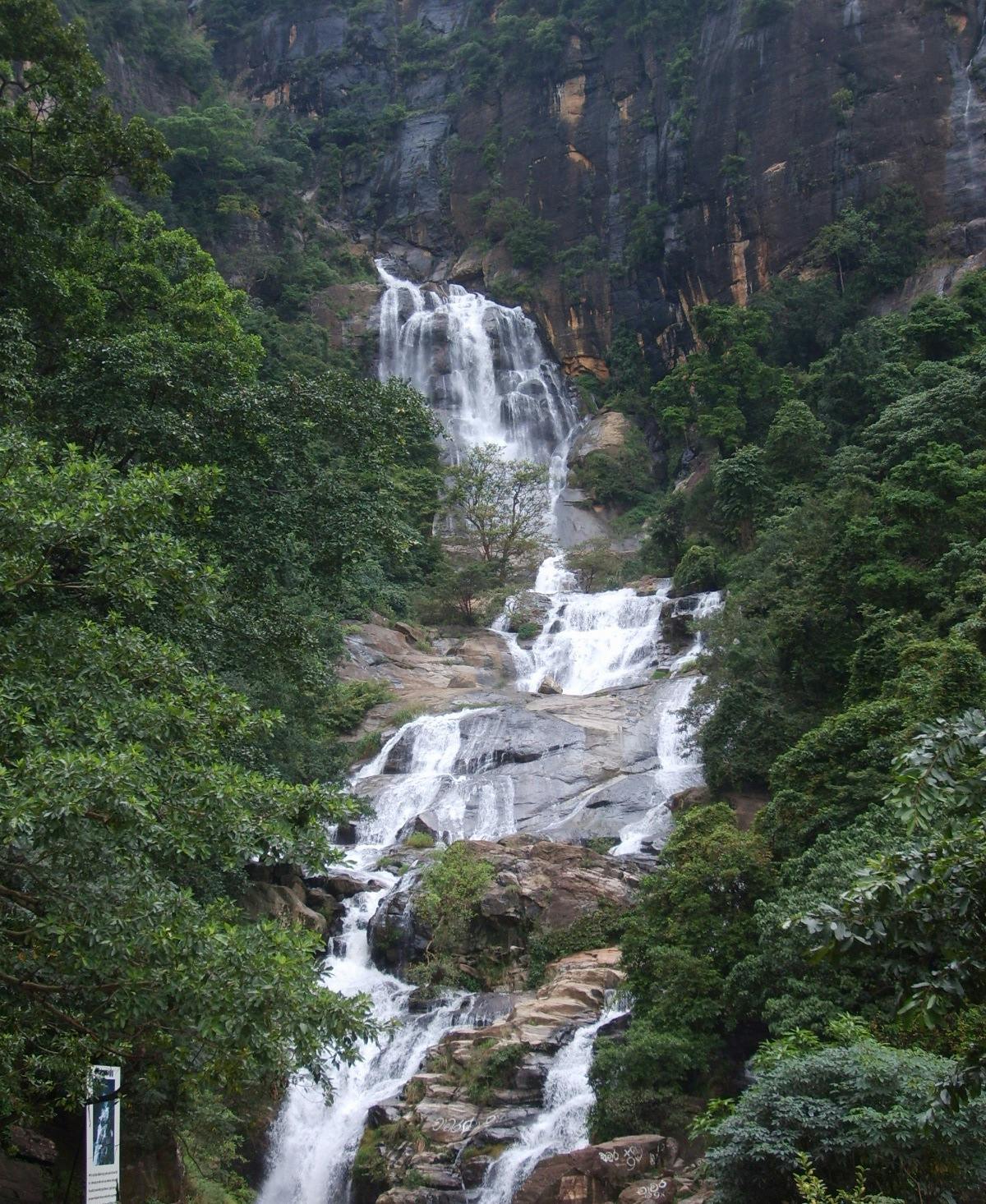12 Ramayana Places in Sri Lanka
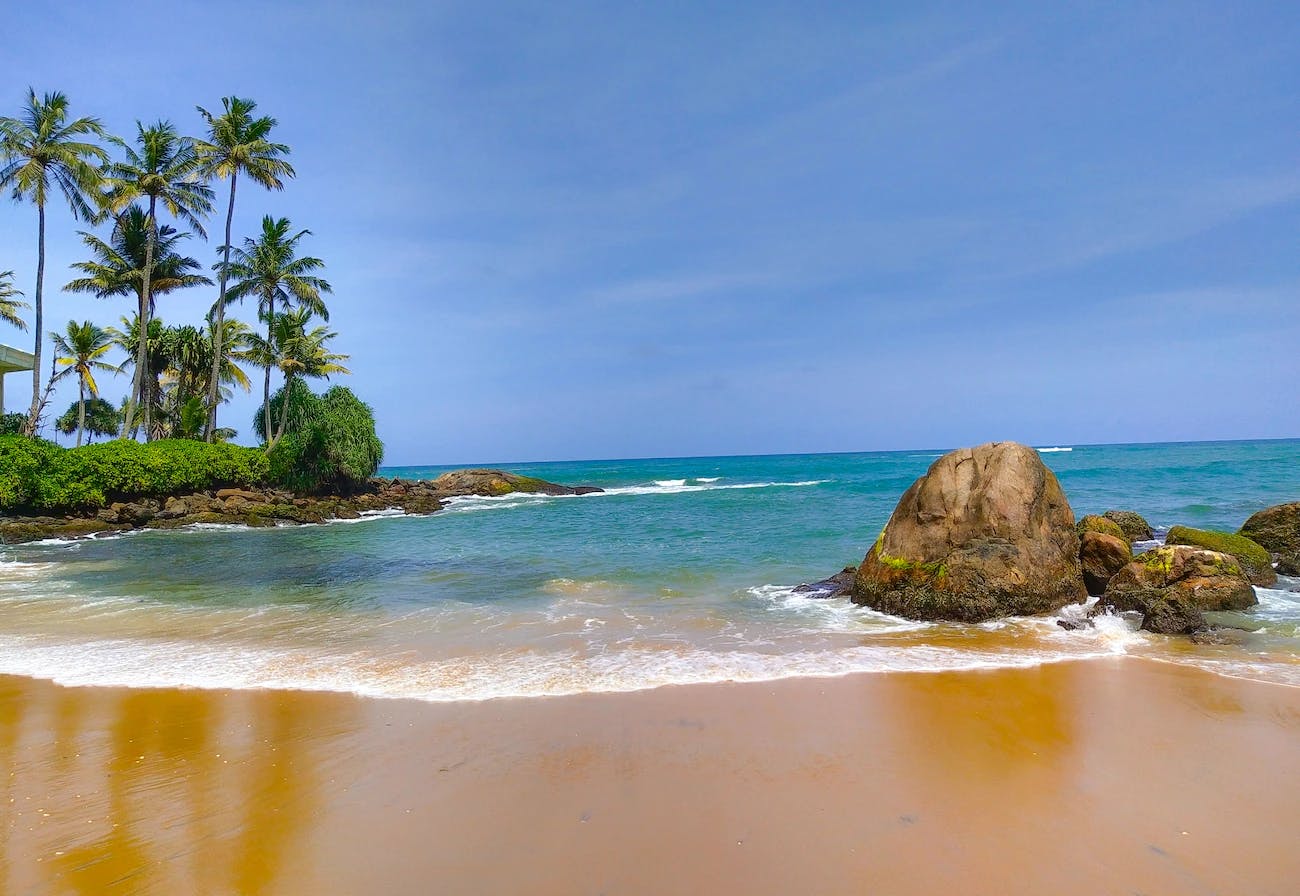
Sri Lanka is a beautiful island known for its beaches, mountains, and ancient temples. It is also an important place for Ramayana-related sites. According to the Ramayana, Sri Lanka was the kingdom of King Ravana, who kidnapped Goddess Sita. Lord Rama, along with Hanuman and his army, came to Sri Lanka to rescue her. Many places in Sri Lanka are connected to this great story, making it a special place for people who love history, mythology, and culture.
These sites include Ashok Vatika, where Sita was kept, Ravana’s caves, where he is believed to have lived, and the place where Hanuman set Lanka on fire. There are also temples dedicated to Lord Rama, Sita, Hanuman, and Ravana.
Even if someone does not follow Hinduism, these places are still amazing to visit. They are filled with beautiful landscapes, ancient temples, and rich stories. People from all over the world come to see these places and learn about the Ramayana. Shop smart with our guide to the unique things to buy in Sri Lanka for perfect souvenirs.
Visiting Ramayana places in Sri Lanka is like stepping into a story from the past. Whether you are a believer or just a traveler who loves history, the Ramayana sites in Sri Lanka offer an exciting and unforgettable experience. The mix of history, nature, and spirituality makes Sri Lanka a great place to explore.
12 Top Ramayana Places in Sri Lanka
Best Time to Visit Ramayana Places in Sri Lanka
Sri Lanka is home to many sacred places connected to the Ramayana. If you want to visit these places, choosing the right time is important. The best time to visit Sri Lanka depends on the weather, festivals, and personal comfort.
The best months to visit are December to April. During this time, the weather is dry and pleasant. The sky is clear, and the temperature is comfortable. You can easily travel to different places without worrying about heavy rains.
The monsoon season lasts from May to September in many parts of Sri Lanka. It brings heavy rains, making travel difficult. Some roads may be blocked, and outdoor visits can be uncomfortable. However, the eastern and northern parts of Sri Lanka receive less rain during this time, so you can visit places like Nilawari and Laggala.
If you want to experience religious festivals, visiting during Ram Navami (March-April) or Diwali (October-November) can be special. Many temples hold grand celebrations, prayers, and cultural events.
For a peaceful visit, you can choose the off-peak season (May to September). Although it rains in some areas, you will find fewer tourists, and the places will be quieter.
Visiting early in the morning is the best way to explore Ramayana sites. The weather is cooler, and you can enjoy the peaceful atmosphere. Always carry water, light clothes, and an umbrella for sudden weather changes.
No matter when you visit, Sri Lanka’s Ramayana sites will offer a unique experience. Whether you go during the dry season for comfort or the festival season for special celebrations, you will enjoy the spiritual and historical journey.
The Ramayana trail in Sri Lanka is more than just a journey it is a spiritual and cultural experience that connects travelers to timeless legends. From temples and caves to mountains and waterfalls, each site holds a story from the great epic. Visiting these sacred places is not only about devotion but also about exploring the natural beauty and heritage of Sri Lanka. With Travelfika’s carefully planned Ramayana tour packages in Sri Lanka, you can walk in the footsteps of Lord Rama and Ravana, making your trip both meaningful and memorable.



